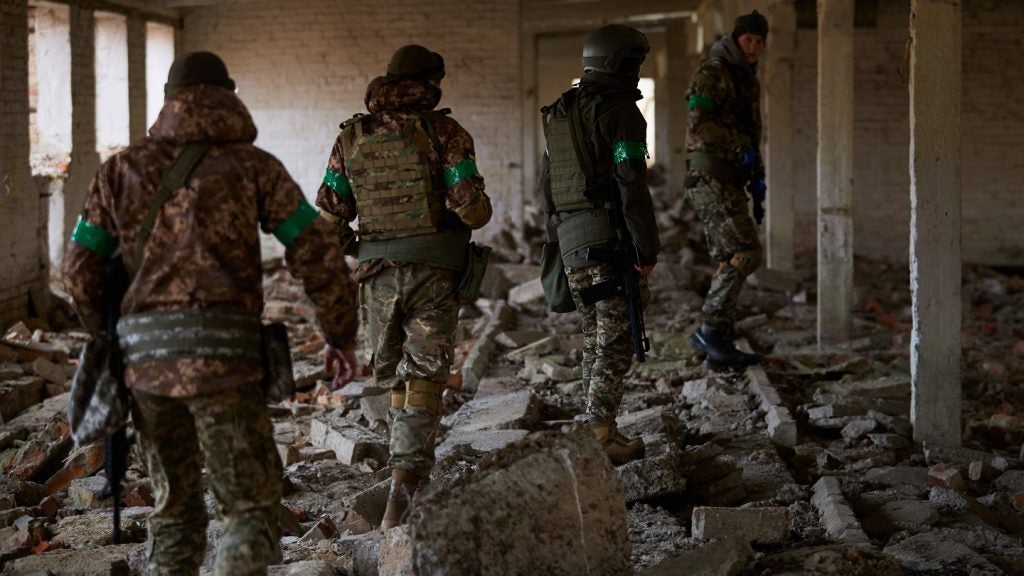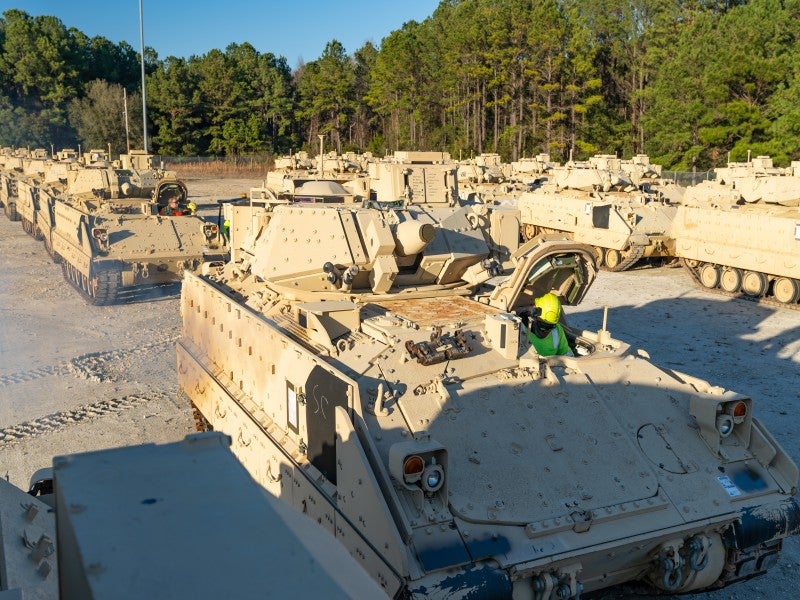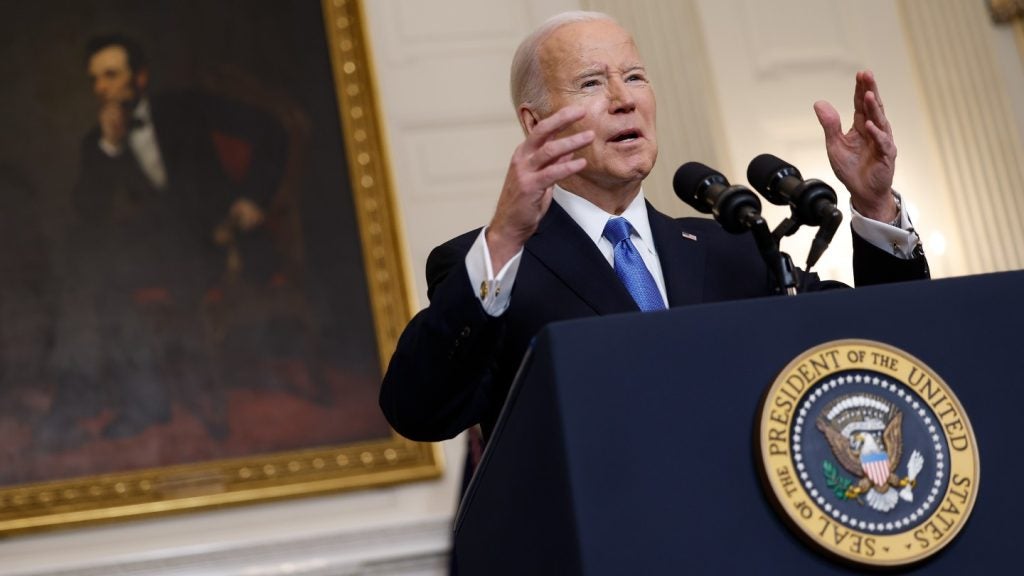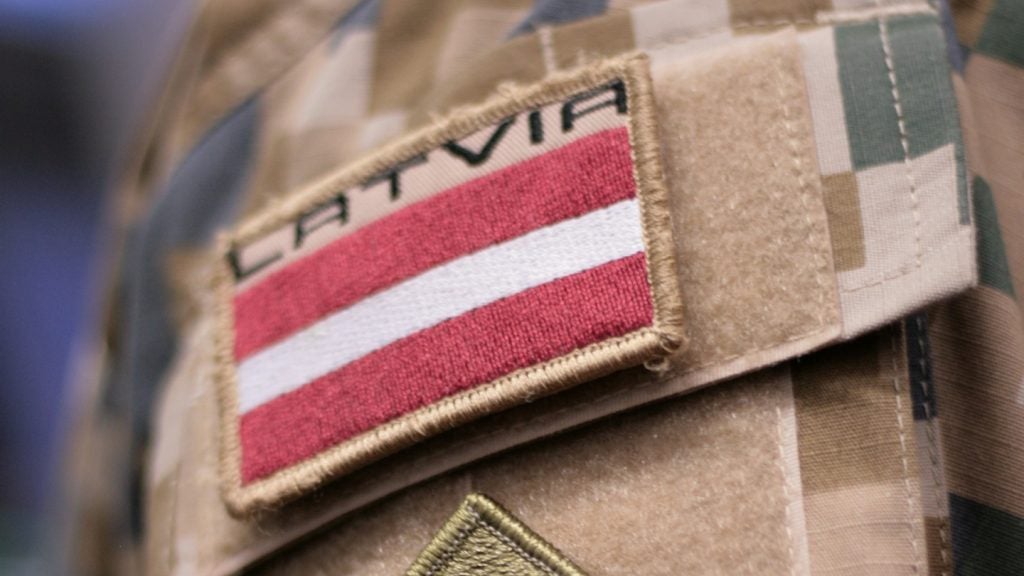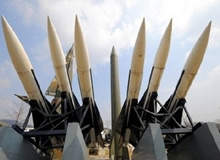
Early in 2010, US President Barack Obama submitted a $708bn defence budget request to Congress, including $549bn set as a base budget and $159bn for wartime activities, a fair amount higher than originally predicted and more than the budget for the entire Vietnam War.
The hefty package, which will fund new frontiers of military technology such as unmanned aerial vehicles (UAV) and defences against cyberterrorism, also heralds a new era of defence reform as the US seeks to rethink and rebalance the strategies and hardware crucial for fighting both today’s wars as well as future conflicts.
As part of this rethink, the US has considered how the Department of Defense (DoD) acquires new weapons through the implementation of the Weapons System Acquisition Reform Act, which amongst other things will boost the acquisition workforce by 20,000 personnel.
Rebalance, revive and refortify
Guided by the 2010 Quadrennial Defense Review, the 2011 budget has at its core the aim of rebalancing the US’s resources to better suit current conflicts and prepare for future threats. To do so, Obama has requested $112.9bn for procurement and $76.1bn for research, development, test, and evaluation.
Modernisation: A major part of the proposed new budget is for the restructuring and modernisation of army ground forces. To boost this process the request includes $3.2bn for procurement and research and development in support of brigade combat team (BCT) modernisation. The object of the funding is to provide increased intelligence, improved air and ground robotic capability, more responsive precision fires and better situational awareness.
How well do you really know your competitors?
Access the most comprehensive Company Profiles on the market, powered by GlobalData. Save hours of research. Gain competitive edge.

Thank you!
Your download email will arrive shortly
Not ready to buy yet? Download a free sample
We are confident about the unique quality of our Company Profiles. However, we want you to make the most beneficial decision for your business, so we offer a free sample that you can download by submitting the below form
By GlobalDataa $708bn
defence budget request to Congress.”
Cybercommand: Top military officials have labelled the threat of cyberterrorism as a major concern and china’s recent alleged cyber attack on Google has underscored this. The 2011 budget request supports the establishment of the US Cyber Command, to organise and standardise DoD practices and operations in defence of the global information grid (GIG).
Weapons of mass destruction: The new budget will continue to support the drive to eliminate of weapons of mass destruction. At the forefront of this agenda is $74.5m for a new global nuclear lockdown initiative, the goal of which is to secure all weapons-grade nuclear material within four years.
Missile defence: With growing reports of missile tests in North Korea, missile defence is very much on the radar and a budget request of $9.9bn has been placed to support the findings of the ballistic missile defence review. This includes emphasis on more adaptive and responsive missile defences that are proven and cost effective. Funding will support the phased adaptive approach (PAA), which has already initiated a shift from ground-based interceptors in Europe to a land and sea-based Standard missile-3 system.
Special operations: The budget request of $6.3bn reflects the government’s priority to focus on irregular warfare and to strengthen core special operations capabilities. Special funding has been set aside to add about 2,800 Special Operations Command personnel in 2011.
Hardware spending
Rotary-wing aircraft: The budget request places strong emphasis on the need for more highly mobile and flexible air support for areas like Afghanistan. More than $9.6bn has been requested to acquire and sustain a fleet of CH-47, UH-60, LUH, H-1, and V-22 aircraft. Additional funds have also been requested to boost army helicopter pilot training with an additional $65m set aside to train 1,500 new pilots a year by 2012. The total request is above $500m, 6% above the 2010 budget.
Shipbuilding: Shallow-water naval strength is a big priority for the new administration and a budget request of $25.1bn to pay for ten new ships reflects this. Under the proposal the navy will receive nine ships, two Virginia Class submarines, two DDG-51 destroyers, two littoral combat ships (LCS), one landing helicopter assault replacement (LHA-R), one mobile landing platform (MLP) and one joint high-speed vessel (JHSV). The army will also get a JHSV.
UAVs: The US has listed the expanded use of unmanned aerial vehicles in war zones as a huge priority, and has requested $2.2bn to increase the number of Predator Class patrols from the current 37 to 65 by 2013.
Electronic warfare: A request has been placed to procure 12 EA-18G aircraft, which will comprise four expeditionary electronic attack squadrons.
KC-X tanker: The beleaguered KC-X tanker deal has been given new impetus with a budget proposal of $864m to develop and procure 179 commercial-derivative tanker aircraft to replace roughly a third of the current aerial refuelling tanker fleet at a projected cost of $35bn. A contract is planned for award in mid 2010.
JSF: The US views the joint strike fighter (JSF) as the country’s most critical tactical air programme. Years of delays, however, have forced a restructuring, which has forced the government to add another year to the programme in order to complete all necessary testing. The budget request supports continued development and production of three variants of the F-35, at a cost of around $10.9bn as well as the procurement of 42 aircraft in 2011.
Next-gen bomber: Obama has also revived the idea of a next-generation long-range stealth bomber and has requested $200m for 2011 and $1.7bn from 2011-2015, to develop a next-generation aircraft with a view to conducting near-term design studies and to assess upgrading existing bombers.
A new business plan
Through the implementation of the Weapons System Acquisition Reform Act, Obama has placed great emphasis on the need to change business patterns within the military in order to maintain the US’s technological and conventional edge.
The government has placed priority on working to achieve predictable cost, schedule, and performance outcomes, based on mature, demonstrated technologies and realistic cost / schedule estimates. To help achieve this, a budget has been requested to support an increase in the number of acquisition personnel from 127,000 to 147,000 by 2015.
The budget also includes $261m to manage the conversion from the National Security Personnel System by 1 January 2012, as required by the FY2010 National Defense Authorization Act.
The chopping block
As part of the plan to reform the way the military goes about its business, several unneeded or poorly performing programmes have ended up on the chopping block, cuts the administration believes will save an estimated $3.1bn.
C-17 programme: With 223 C-17 transport aircraft already in the US inventory, the DoD has agreed there are enough to meet current and future needs and has shut down the production line.
JSF alternate engine: The DoD has decided not to develop or deploy an alternate engine for the joint strike fighter citing logistics, cost and management concerns as the main reasons behind the decision.
Human resource system: The DoD has finally shut down the defence integrated military human resources system (DIMHRS), which, after ten years of development and an investment of $500m, is still not operational. DIMHRS will be replaced by individual service variants that will support standard integrated military personnel and payroll services.
Other casualties: Other programmes to be ended or terminated include the navy’s CG(X) next-generation cruiser, the EP(X) navy intelligence aircraft, the third generation infrared surveillance (3GIRS) and the net-enabled command capability (NECC). The army has also decided not to go ahead with any further army-only buys of the high-mobility multipurpose wheeled vehicles (HMMWVs) as capabilities have been met.
Supporting troops in theatre
In addition to the base budget, the 2011 request includes $159bn to support troops deployed in overseas contingency operations (OCO) including the ongoing struggle in Afghanistan and troops still involved in security and withdrawal operations in Iraq.
Included in this is:
- A budget of $89.4bn for operating costs, to aid the operations of frontline combat and to support forces in theatre. This includes $700m for additional family support initiatives.
- Repair and replacement of equipment lost and damaged as a result of ongoing operations with a request of $21.3bn, including $2.8bn to reset equipment redeploying from Iraq and returning to inventory.
- A $2.4bn request to improve ISR support, including funds for five enhanced medium-altitude reconnaissance surveillance system aircraft and measures to address vulnerabilities with unencrypted airborne data links.
- An $11.6bn request for training and equipping of Afghan security forces and $2bn for the training and equipping of Iraqi security forces.
- A $1.2bn request for military construction to expand logistics and to provide troop housing, replace expeditionary facilities at the end of their lifecycle, consolidating functions and facilities, and supporting special operations forces operating in Afghanistan.
In addition, a supplemental appropriation request of $33bn has been requested to cover the costs for the additional 30,000 troops that will be deployed to Afghanistan in support of the president’s new strategy for the region.



